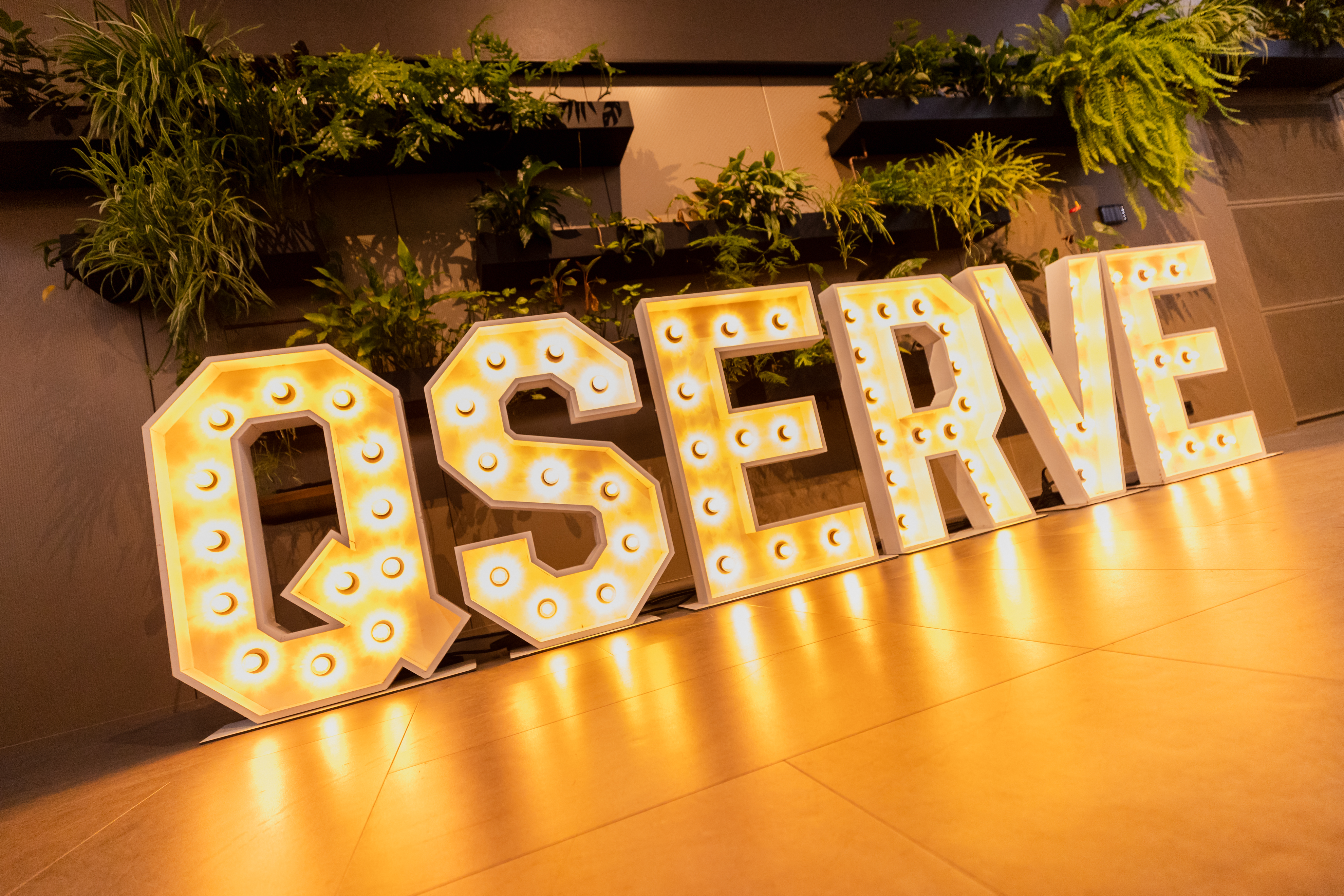
Service Area
Market Access India
Regulatory requirements for medical device approval in India.
Approval of medical devices in India
Indian regulations for medical devices - an overview
The approval requirements for medical devices in India are based on the Medical Device Rules 2017 and the Medical Device (Amendment) Rules 2020. The Central Drugs Standard Control Organization (CDSCO), which reports to the Indian Ministry of Health, is responsible for the approval, registration and monitoring of medical devices and in-vitro diagnostics (IVD). These regulations are based on the Drugs and Cosmetics Act of 1940.
Contact us without obligation

Classification of medical devices in India
Indian medical device regulations
Medical devices in India are categorized into classes A (low risk), B (low to moderate risk), C (moderate to high risk) and D (high risk) based on risk, similar to the EU or the USA. The classification is carried out by the Central Licensing Authority (CLA). The Indian regulations list the product categories and specify which products must be registered as medical devices.
Class A products can be registered through a self-declaration. Registration takes place via the SUGAM online system. Manufacturers must provide details such as name, address, general product information and the brand. Importers must fulfill the same registration requirements.
Representation for foreign manufacturers
Appointment of an authorized Indian representative
Companies without their own branch in India are obliged to appoint a local authorized representative (Indian Authorized Agent, IAA). This agent is responsible for registering the products via the SUGAM online portal. Several representatives can also be registered for one product.
The authorized re-presentative can be a local office of the manufacturer, an independent agency or an appointed individual.
Shortened approval procedures in India
Two registration procedures for market authorization
Option 1: With registration in a GHTF country:
India recognizes approvals from certain countries (e.g. EU, USA, Australia) to expedite the registration process. ISO 13485:2016 is recognized as a quality management system.
Option 2: Without approval in a GHTF country:
In this case, the Special Expert Committee (SEC) carries out a technical evaluation. This is particularly relevant for products that are considered "investigational medical devices". The focus here is on clinical evidence that the product is suitable for the Indian population.

Registration procedure and market access
Registration procedure in India
Since October 1, 2023, the registration of medical devices has been mandatory in India. This applies to all new products in classes A (sterile/measurable), B, C and D. Until then, registration was voluntary; after the end of the transition period, it will be mandatory.
Manufacturers must submit comprehensive technical documentation including clinical evidence. Existing technical documentation from other markets can be used to speed up the registration process. However, India places particular emphasis on predicate devices - comparable products that are already on the market - which facilitates the registration process.
Contact us for information on UK market access.
strategy
Global regulatory strategy
With a population of around 1.4 billion people and an import share of 90% for highly developed medical devices, India offers enormous potential for manufacturers. Government investment in healthcare infrastructure makes the market particularly interesting for manufacturers of medical devices and in-vitro diagnostics.
🖋
Registration procedure and market authorization
Our regulatory consulting experts support you with market access for medical devices in India. Based on your current compliance, we conduct a gap analysis to identify overlaps and missing elements in your technical documentation. Qserve understands the key requirements and shows you how to achieve regulatory compliance efficiently.
Label here
Regulatory deadlines and fees
How long does market approval take in India?
For class A products (non-sterile and non-measuring), approval is granted immediately. For higher risk classes (notified devices), the processing time varies between 6-9 months and 18+ months, depending on the procedure, if no comparable reference product (predicate device) is available and clinical studies are required for approval.
Understanding the regulations
Making informed decisions
To make informed decisions, it is important to know the pros and cons of the different routes to market in India. Qserve can help you find the most suitable and cost-effective route and develop your regulatory roadmap.
server render fail/waiting for island-7f870ei1R0 (separate island render, inside)